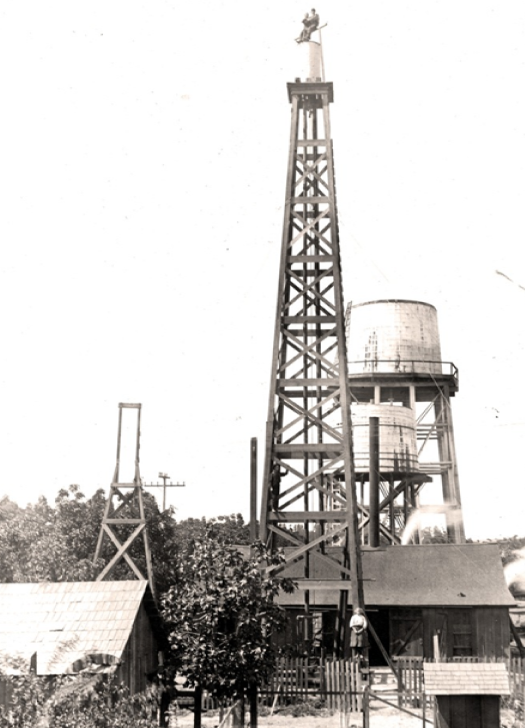Fullerton, CA
Home MenuWater System at a Glance
 Facts & Figures
Facts & Figures
- Established in 1906
- 424 miles of distribution pipes
- 15 reservoirs
- 67.5 million gallons storage capacity
- 12 Booster Stations
- 8 Active Wells, 2 inactive
- 7 active MWD Connections
- 32,000 service connections/meters
- 4,100 backflow preventers
- 141,648 population served
- 22.3-square mile service area
- 25 million gallons per day current peak demand
Background
The City was an agricultural community that specialized in growing oranges and walnuts. In order to serve this growing agricultural and domestic community, a municipal water system was formed on August 25, 1906. As the City continued to grow and change from an agricultural community to an urban community, the need for additional sources of water was needed for economic growth.
Water Supply Sources
The City relies on a combination of imported water and local groundwater to meet its water needs. The City works together with two primary agencies, Metropolitan Water District of Southern California (MWD) and Orange County Water District (OCWD) to ensure a safe and reliable water supply that will continue to serve the community in periods of drought and shortage. Currently, the City relies on 77 percent groundwater and 23 percent imported.
Groundwater
The City’s main source of water supply is groundwater from the Lower Santa Ana River Groundwater Basin, also known as the Orange County (OC) Basin. The OC Basin stretches from the Prado Dam and fans across the northwestern portion of Orange County, excluding the communities of Brea and La Habra, and stretching as far south as the El Toro ‘Y’. The City has 10 wells, located in the southern sector of the City.
Imported Water
The City supplements its local groundwater with imported water purchased wholesale from MWD. The sources of imported water supplies include the Colorado River and the State Water Project.
The Colorado River was Metropolitan’s original source of water after Metropolitan’s establishment in 1928. The 242 mile aqueduct transports water from the Colorado River to its terminus at Lake Mathews in Riverside County.
The State Water Project (SWP) consists of a series of pump stations, reservoirs, aqueducts, tunnels, and power plants that transport water 600 miles from Northern to Southern California.
Cost of Service
Your water bill is based on what it costs for the City of Fullerton Water Utility to purchase groundwater and imported water and operate, maintain, and replace aging infrastructure.
- Water supply costs based on charges from MWD for imported water
- Water supply costs based on charges from OCWD for groundwater
- Energy costs to run the City's wells, pump stations and annual water loss
Operations and Maintenance
- Operate and perform maintenance of wells, pumps/booster stations, motors, reservoirs, valves, hydrants and pipes to deliver water
- Maintenance of water facilities and buildings
- Grab water quality samples and conduct testing throughout the City’s source water and distribution system. Annually, more than 4,000 water samples are collected and analyzed for bacteriological, regulated and unregulated contaminants to ensure safe and healthy drinking water for our customers. City of Fullerton complies with and exceeds all standards required by state and federal regulatory agencies for drinking water by performing extensive.
- Process various permit fees with the Division of Drinking Water, State Water Resources Control Board and Santa Ana Regional Water Quality Control Board.
Capital Improvement Projects
After accounting for the costs to operate and maintain the water system, purchased water costs, and reserves, the remaining water revenue is allocated to the Capital Improvement Program to upgrade, rehabilitate and replace aging infrastructure that include:
- Distribution network that averages approximately 100 water main breaks per year and consists of 424 miles of pipes some of which are more than 80 years old.
- 5 year water well replacement program.
- Rehabilitation program to upgrade many of our booster stations, reservoirs, and wells most of which were constructed prior to 1960.
- For more details, refer to our CIP program.
